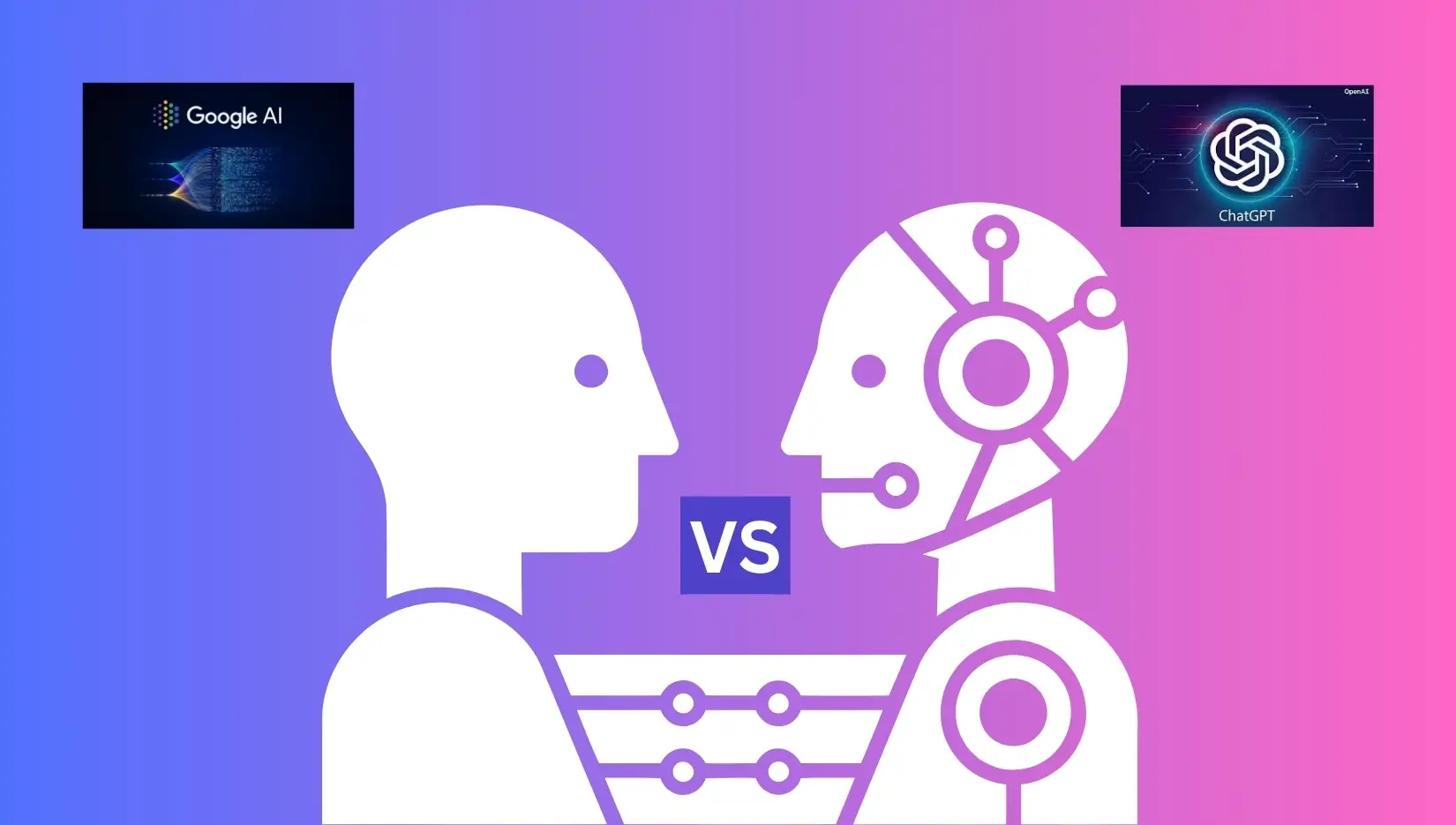Table of Contents
- Why Building an Ecommerce Website in 2025 Matters
- What to Look for in an Ecommerce Website Builder
- Ease of Use and Setup
- Design and Customization
- Payment and Security Features
- Scalability and Integrations
- Step-by-Step: How to Create Ecommerce Website That Works
- FAQs on Ecommerce Website Builders
Introduction
Launching an online store in 2025 is much easier and competitive than ever. Customers expect speedy sites, seamless checkout and personalised shopping experience. What differentiates a business which grows and one that is struggling is often due to the software used and your selection of an e-commerce web-based store builders.
The best part? You don’t have to be an expert in programming to build something that is powerful. The latest platforms have been designed to aid entrepreneurs, small-scale businesses and established brands create professional websites in a short time. The problem is selecting the best option and installing it correctly.
This article will explain exactly what is important to look for in features as well as how to design an e-commerce website step-by-step and what frequent mistake to steer clear. At the end of this article you’ll know how to choose a builder that meets your needs as well as your budget and development plans.
Why Building an Ecommerce Website in 2025 Matters
Customers are no longer looking at you just as local competitors. They’re comparing your store online against Amazon, Shopify brands, and other global marketplaces. This is a reference to:
- Speed is important: A delay of even two seconds could mean losing sales.
- Trust is important: Customers expect secure checkouts and transparent returns.
- Experience is key: Easy navigation and mobile-friendly designs win customers back.
A well-designed online store builder can help level your playing field. It lets small-scale businesses keep up with modern demands without huge budgets or massive technical teams.
What to Look for in an Ecommerce Website Builder
There are many platforms that are not to be the same. Here are the essential characteristics to look at prior to making a choice.
Ease of Use and Setup
In the event that you’re not an programmer and you don’t have a drag-and-drop tool, you’ll need drag with templates pre-designed for you, as well as the ability to be guided through onboarding. Builders such as Shopify, Wix, or Squarespace facilitate this process.
Design and Customization
The store you choose to use should be a reflection of your company’s image. Find themes that can be customized responsive, mobile-friendly, and flexible enough to evolve to meet your needs.
Payment and Security Features
At a minimum, your builder should be able to provide:
- Multiple payment gateways (credit cards, PayPal, Apple Pay).
- SSL certificates to ensure security.
- PCI compliance is essential to safeguard personal data of customers.
Scalability and Integrations
It’s possible to begin small, but progress is rapid. Select a builder that is compatible with:
- Marketing tools for email.
- Systems for managing inventory.
- Analytics dashboards.
This will allow you to grow without having to move your entire store at a later date.
Step-by-Step: How to Create Ecommerce Website That Works
Step 1: Define Your Business Model
Determine if you’re selling physical items or digital products, or services. This impacts the features you’ll need like shipping integrations, or the use of file delivery systems.
Step 2: Pick Your Ecommerce Website Builder
Examine platforms on the basis of budget flexibility, customization options, and the ease of scaling. If you’re looking for speed and ease of use, Shopify is often the best option. For greater style flexibility WordPress coupled with WooCommerce can be an ideal choice.
Step 3: Secure a Domain and Hosting
A short, memorable domain name builds credibility. Some builders provide hosting and hosting, while other (like WooCommerce) require third-party hosting companies.
Step 4: Customize Your Storefront
- Add your brand’s logo as well as other assets.
- Pick a template, and then adjust the fonts, colors and layouts.
- Upload high-quality product photos and descriptions of the products.
Step 5: Set Up Payments and Shipping
You can enable multiple payment methods and clearly display the delivery timeframes. This helps reduce cart abandonment.
Step 6: Test Before Launch
Make sure your website is accessible on tablets, mobiles, and on your desktop. Check out the entire checkout process in order to identify issues before customers notice.
Step 7: Launch and Market Your Store
Once you’ve made your website live, increase traffic by using SEO as well as paid advertisements as well as email marketing campaigns and other social media. Continue to measure what is working and then tweak.
FAQs on Ecommerce Website Builders
Q1. What is the most effective e-commerce web-based website builder by 2025? The most appropriate choice is dependent on the needs of your customers. Shopify is great for its ease of use, WooCommerce for customization, and BigCommerce to scale larger stores.
Q2. What is the cost to develop an online store The basic plans start at $29/month but you’ll need to spend more if you’re looking for premium features, custom applications or more advanced marketing tools.
Q3. Can I create an e-commerce website without programming Do you think so. The majority of modern builders permit drag-and-drop designs and automated checkout setups and plug-and play integrations — there is no need to code.
Final Thoughts
Making an online store for 2025 is all about balancing ease of use with the ability to scale. The best eCommerce website builder eliminates the technical hurdles and lets you concentrate on expanding. If you choose an online platform that is in line with your goals, creating and running your online store becomes less about technical issues and more about providing your customers.
Your journey into e-commerce doesn’t begin with the products you sell but it begins by choosing the best builder. Choose wisely and you’ll establish the basis that will ensure your long-term growth.
Also Read: How to Start an E-commerce Business in 2025












